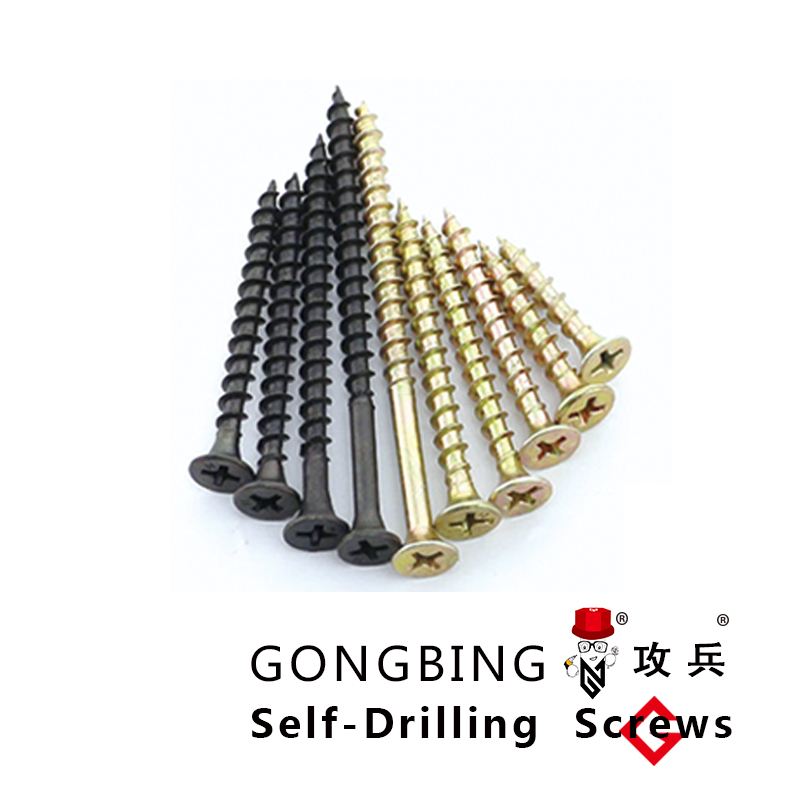long hex head bolts
Understanding Long Hex Head Bolts Essential Components in Engineering and Construction
In the world of engineering and construction, fasteners play a crucial role in the assembly and durability of structures and machinery. Among the myriad of fasteners available, long hex head bolts are particularly noteworthy due to their design, functionality, and versatility. This article explores the significance of long hex head bolts, their applications, and key considerations when selecting and using them.
What Are Long Hex Head Bolts?
Long hex head bolts, as their name suggests, are fasteners characterized by their elongated shaft and hexagonal head. The hexagonal shape of the head allows for easy tightening and loosening using standard wrenches or sockets, making them a popular choice in various applications. These bolts are usually made from robust materials such as stainless steel, carbon steel, or alloy steel, providing strength and durability necessary for demanding environments.
Applications of Long Hex Head Bolts
The applications of long hex head bolts are extensive. They are commonly used in construction, machinery assembly, automotive, and structural applications where high tensile strength and reliability are essential. For instance, in the construction industry, long hex head bolts are often employed to secure steel beams, bridges, and scaffolding, providing the structural integrity required for safety and stability. In the automotive sector, they can be found in engine components, chassis, and other critical assemblies, where vibration resistance and strength are vital.
Moreover, these bolts can be used in manufacturing processes, such as in the assembly of heavy machinery and equipment where heavy loads are a concern. Their ability to withstand significant axial loads makes them suitable for high-stress environments, ensuring that structures remain intact under pressure.
Benefits of Long Hex Head Bolts
long hex head bolts

One of the primary benefits of long hex head bolts is their reliability. Their design allows for uniform distribution of force across the fastener, minimizing the risk of striping and ensuring a secure hold. Additionally, the length of the bolts provides the ability to secure thicker materials, allowing for greater flexibility in design and engineering.
Another advantage is their adaptability. Long hex head bolts come in various sizes, lengths, and materials, which means they can be tailored to fit specific project requirements. This versatility also extends to different environments; for instance, stainless steel variants are often used in corrosive environments, while carbon steel bolts can manage high-load applications.
Key Considerations When Using Long Hex Head Bolts
When selecting long hex head bolts for a project, several factors should be taken into account. First and foremost is the material; the environment in which the bolts will be used can dictate the best material choice. For example, if the bolts will be exposed to moisture, a corrosion-resistant material like stainless steel would be ideal.
Another critical consideration is the size and thread pitch of the bolt. Using the correct size ensures a proper fit and prevents issues like fatigue or failure. The torque specifications must also be adhered to during installation to maintain the structural integrity and safety of the assembly.
Lastly, it’s essential to consider the finish of the bolt. Many bolts come with coatings that can provide additional protection from environmental factors, such as rust and corrosion, enhancing their longevity and reliability.
Conclusion
Long hex head bolts are indispensable components in a wide range of industries, providing the strength and stability necessary for reliable construction and assembly. Their unique design, alongside their diverse applications, makes them a fundamental part of the engineering toolkit. By understanding their characteristics and best practices for use, engineers and builders can ensure the safety and efficiency of their projects, ultimately leading to a more secure and sustainable built environment.
-
Weatherproof Plastic Expansion Anchors for OutdoorNewsJun.06,2025
-
Sustainability in the Supply Chain: Eco-Friendly TEK Screws ProductionNewsJun.06,2025
-
Load-Bearing Capacity of External Insulation FixingsNewsJun.06,2025
-
Double Head Bolts: Enhancing Efficiency in Industrial MachineryNewsJun.06,2025
-
Corrosion Resistance in Chipboard Screws: Coatings for Wholesale DurabilityNewsJun.06,2025
-
Butterfly Toggle Bolts : Enhancing Structural ResilienceNewsJun.06,2025
